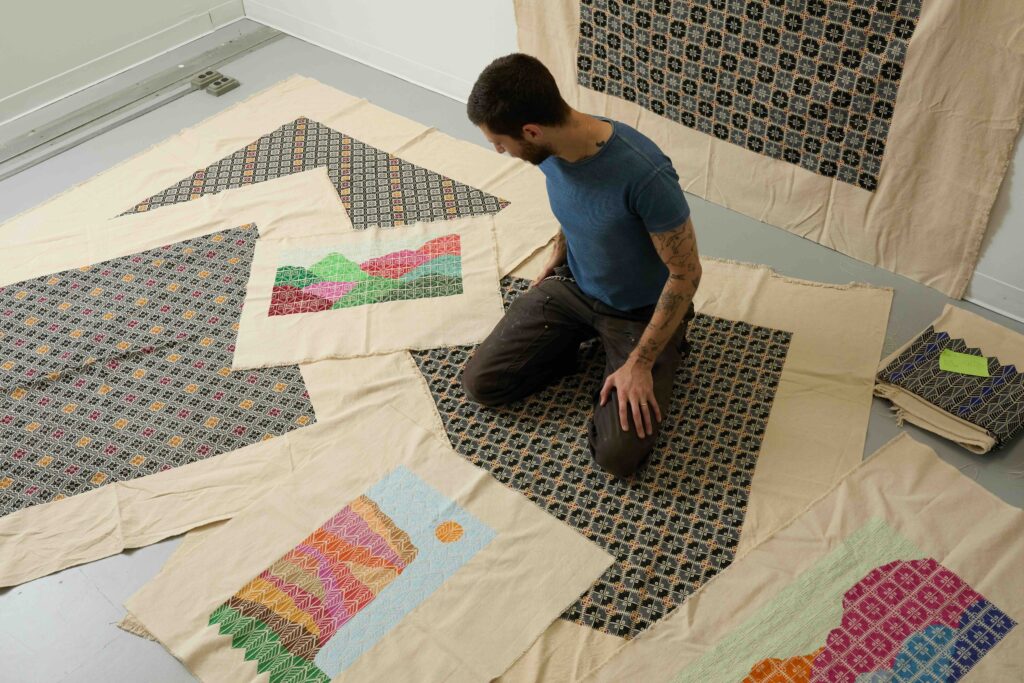
“It’s a weird time to be making work,” acknowledges Palestinian-American artist Jordan Nassar, as he is bent over his desk, studiously adding tiles to a mosaic headed for his September showing with James Cohan. The work is based on a trio of Roman-Byzantine floor decorations that now hang on a wall at Tel Aviv’s international airport, where they have greeted Nassar every time he visits with his Israeli-born husband, the painter Amir Guberstein.
“I’m thinking about the choice to reveal or obscure something,” he goes on, “about how governments construct narratives and use things from history—like tile mosaics from thousands of years ago—to support whatever direction they want the narrative to go.”
Over the last decade, Nassar has made a career of interpreting historical craft—specifically Palestinian embroidery—through the lens of his own diasporic upbringing. As conditions grow increasingly unlivable in Gaza and the West Bank, Nassar has pushed his work to meet the intensity of the moment.
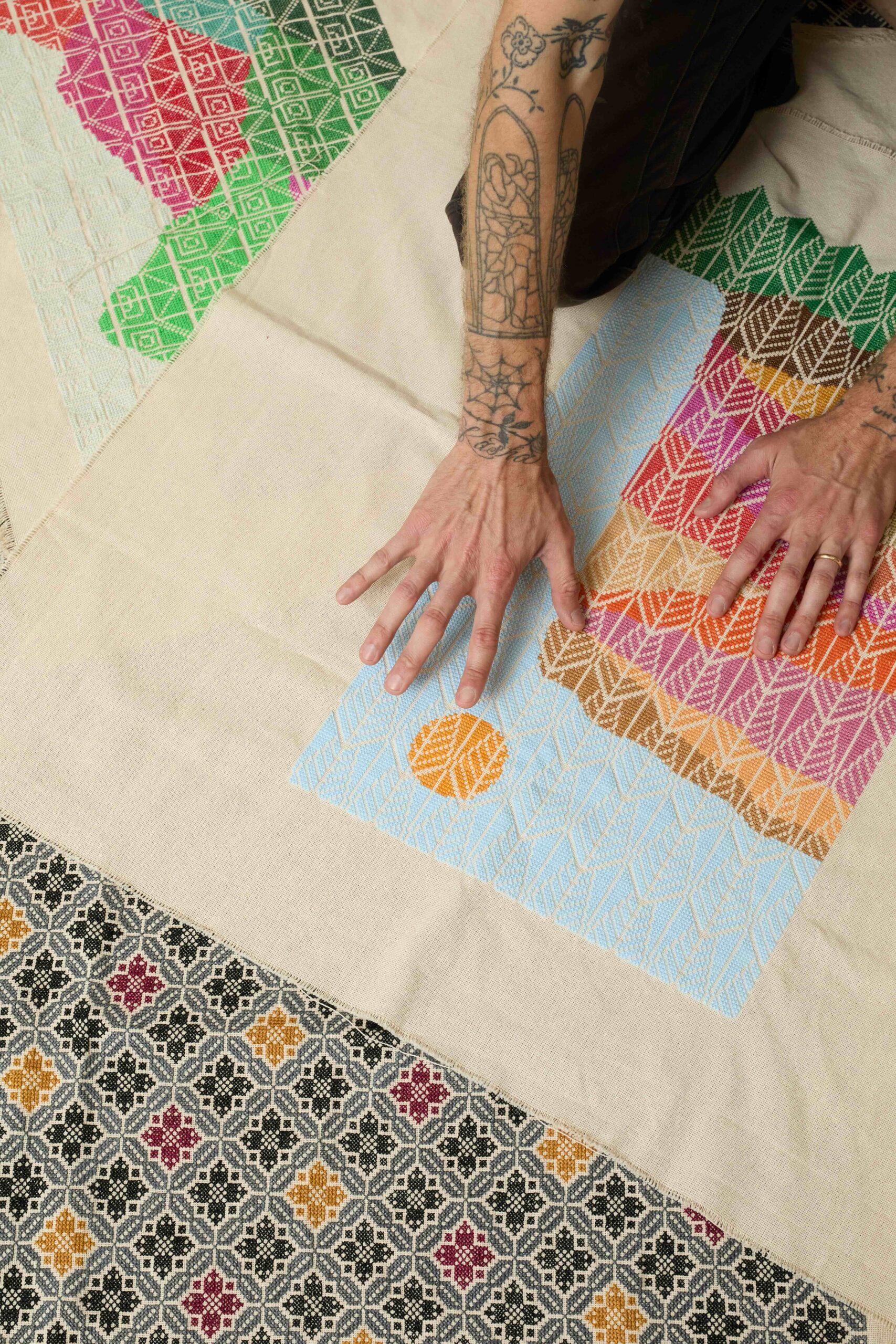
“The pieces are darker—large swaths of black, gray, deep red, green, or blue embroidery,” he says. In each, the technicolor landscapes he’s become known for peek out from folds of somber fabric, like “a little tear you peek through,” he notes. “That has to do with holding onto a bit of hope, even in a darker mood.”
As has become tradition for the New York–born artist, the embroidery is made collaboratively with a group of women based in the West Bank. Nassar gives them a pattern and palette, and they dispatch their creative interpretations of his sloping hills and florals from Ramallah to a friend in Jaffa to avoid shipping delays. These days, even this workaround has slowed due to tariff uncertainties. When we speak, several of Nassar’s exhibition pieces are at the framers with missing panels.
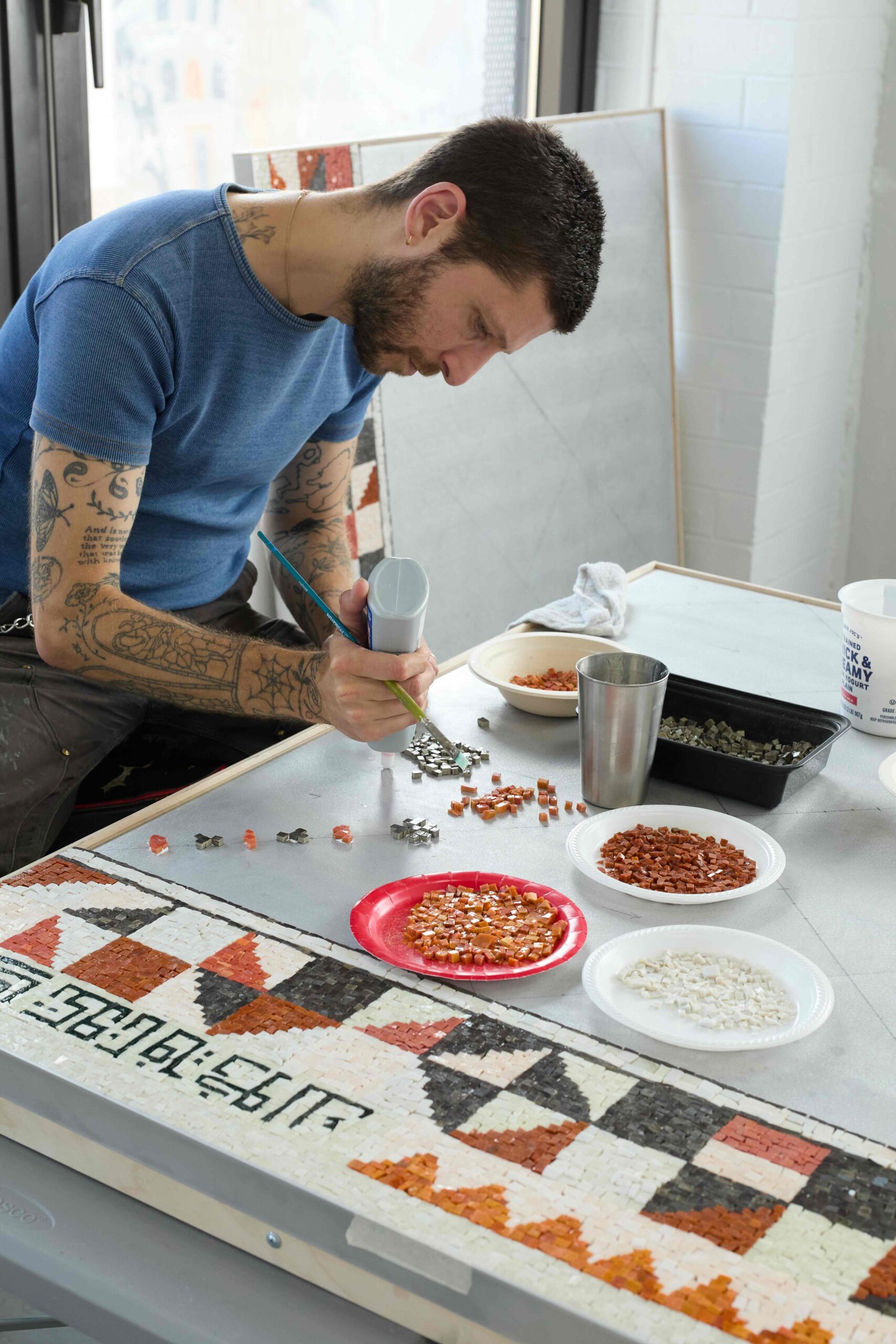
“Usually, my shows are finished well ahead of time,” he says of the international backlog, staring down at the mostly unfinished mosaic in front of him. Invoking Byzantine relics with tiny shards of glass is also a time-intensive undertaking, but Nassar hasn’t been able to shake the airport pieces from his mind.
“As an artist, you don’t always have a reason you can verbalize for what you’re drawn to do,” he muses. “When I saw those mosaics, I just wanted to remake them—maybe to make them my own, maybe to free them from being used as propaganda. I don’t know exactly, [I’m] just observing.”

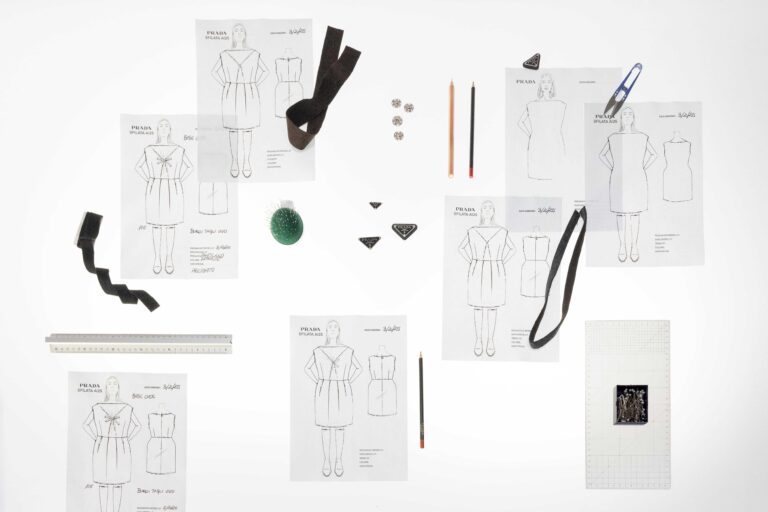

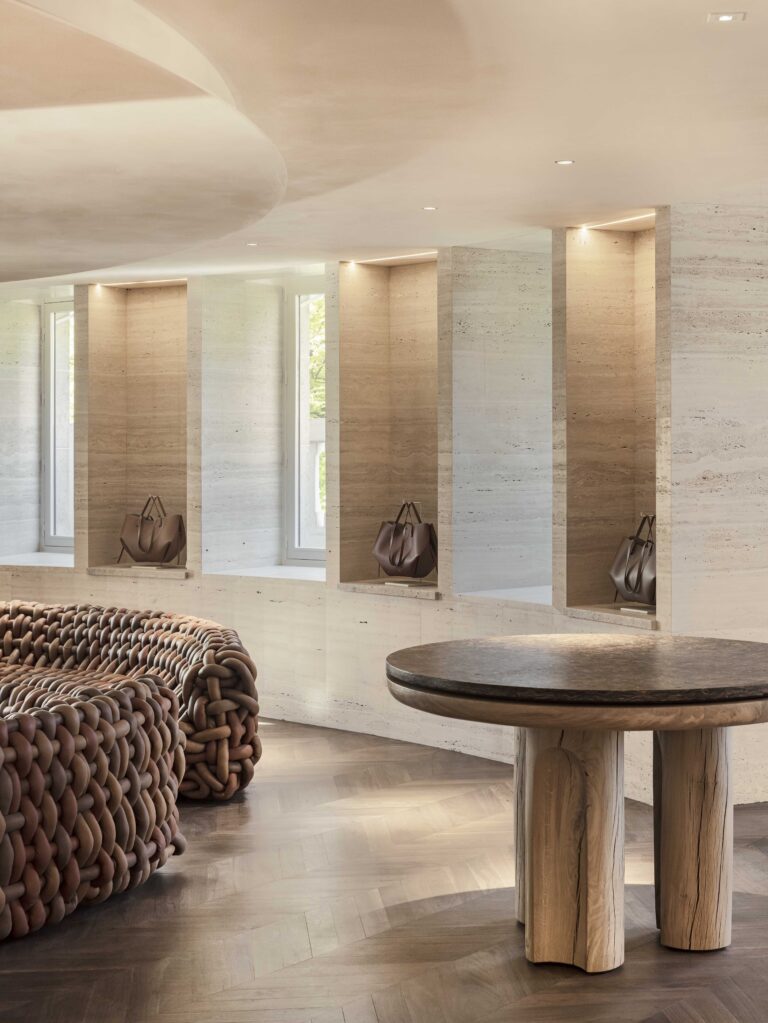
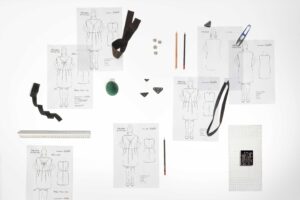





 in your life?
in your life?

